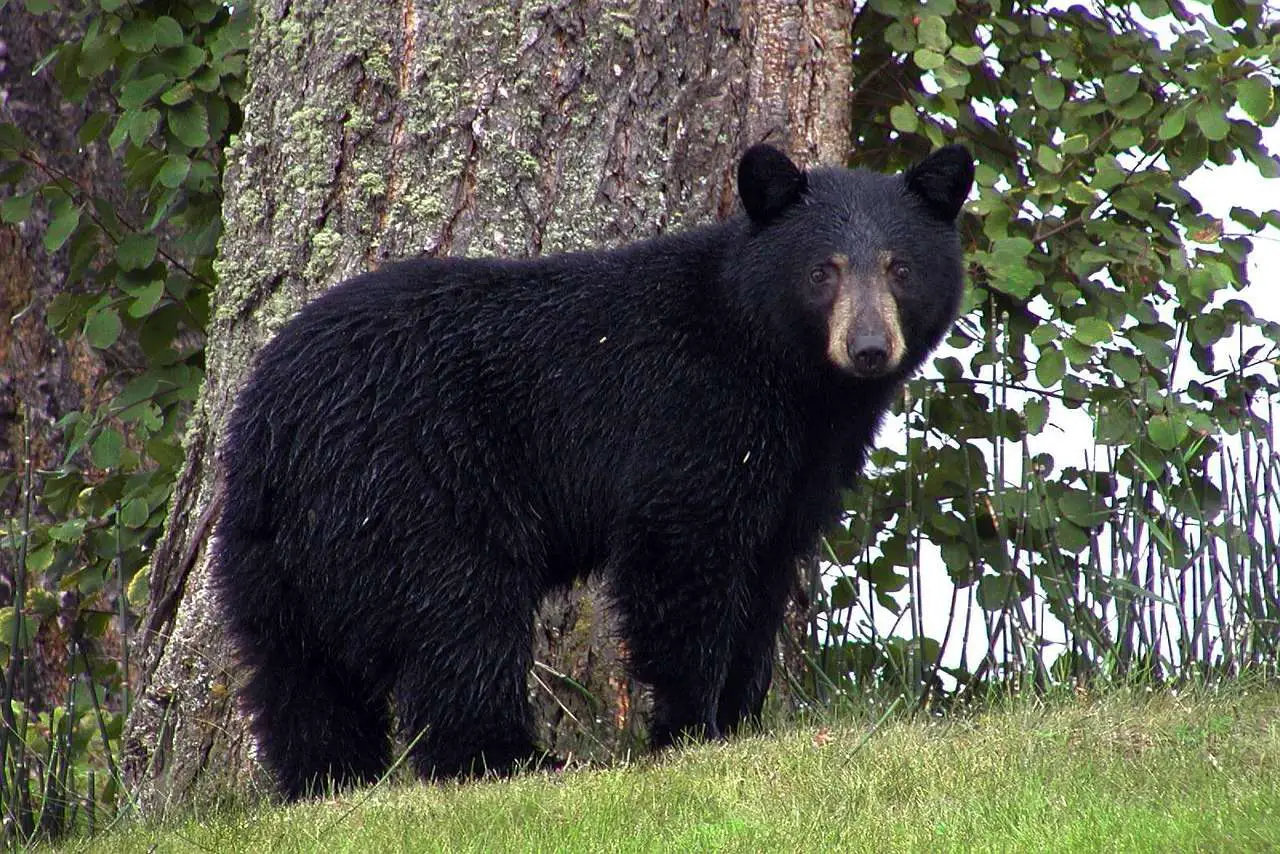You’ll need to be ready to spend long periods of time patiently waiting and watching. Your best bet is to locate an area that allows you to view the variety of terrain you’re hunting in; of course without being conspicuous. River valleys, open south-facing hillsides, tidal flats, and openings in thick, brushy areas are good bets.
Wind is not only an important factor with aiming it’s also important to prevent wind from allowing a bear to pick up your scent. Your location should have alternate locations to use during wind shifts. Remember, don’t move around too much as you’ll actually spread your scent around. Once you’ve found a suitable area get yourself as comfortable as possible. A pop-up shelter or windbreak is common among hunters.
You’ll want to use binoculars to locate bear movement or cover areas a bear might use. Watch for dark spots or unusually shaped bushes, logs or rocks. Bears like to hide and lie around these areas and if you suspect a bear is there use a spotting scope to check it out. A spotting scope is useful to decide if a bear is rubbed and estimate how big it might be. Early morning and late afternoon are the best times to hunt, but bears may be active at any time.
Don’t bother chasing a rapidly moving bear; you’ll just waste your time trying to keep up. Instead, note the area it was first seen, it may return in a few hours or the following day. Bears will alternate their activities through out the day; this includes traveling, resting and feeding. You’ll need to be smart and try to anticipate where the bear’s activities will take it; then you can intercept it. Take advantage of cover and irregularities in the terrain as you approach the spot where you expect to locate the bear. Try to keep the wind in your favor as well.

